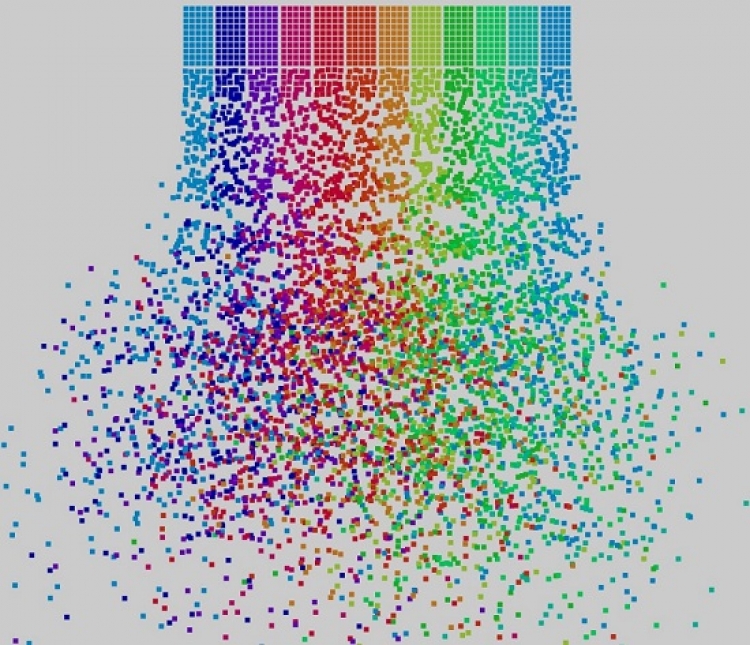Bringing Order to Chaotic World of BIoT
Haystacks can be round or rectangular depending on local traditions or modern tools but always designed to store and protect hay (grass) from the elements in harsh farmland environments. The grass is collected, sorted and structured to ensure it is accessible when required. Haystack’s regular shapes contrast with the natural landscape – like beacons of order in a chaotic world of mud, machines, and manure.
In the cleaner but equally chaotic world of the Building Internet of Things (BIoT), buildings flooded with sensors create cascades of information flowing towards big data analytics engines. If unsorted or badly sorted, it accumulates into a thick data mud, which makes it slow and complex for systems to find the insights they are looking for. However, an open source initiative named Project Haystack is streamlining the process of working with data from the IoT.
“Macro trends in technology are making it increasingly cost-effective to instrument and collect data about the operations and energy usage of buildings. We are now awash in data and the new problem is how to make sense of it. Today most operational data has poor semantic modeling and requires a manual, labor intensive process to “map” the data before value creation can begin,” explains the Project Haystack mission.
Project Haystack believes that pragmatic use of naming conventions and taxonomies is the best way to make data more cost-effective to analyze and visualize, which will ultimately help us derive value from our operations. The impact of making data easier to use will be most significantly felt in the smart building industry, alongside other “intelligent” sectors, but it has implications across all of industry and society as the fourth industrial revolutions ushers in the Data Age.
Continue reading the full article on AutomatedBuildings.com.
SHARE ON:

